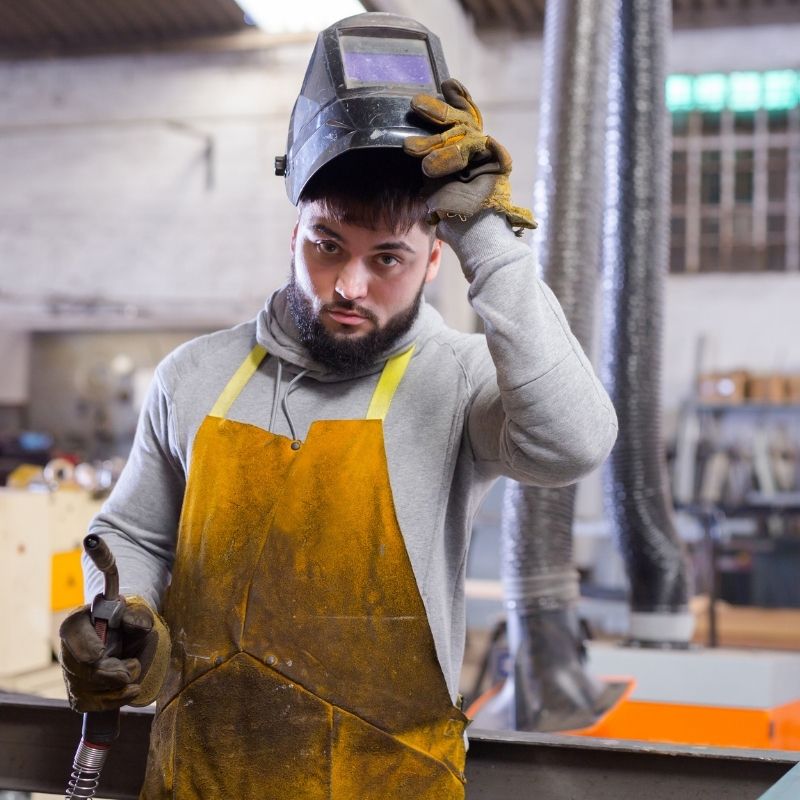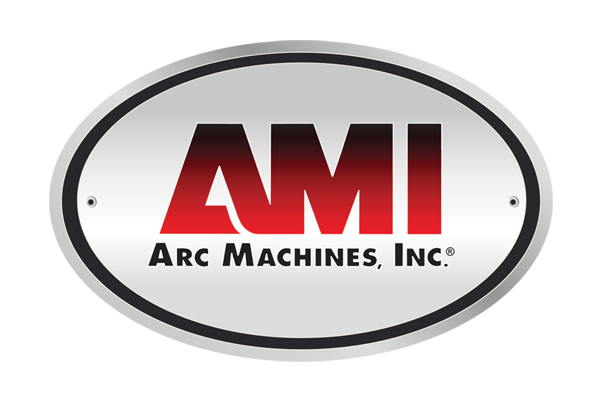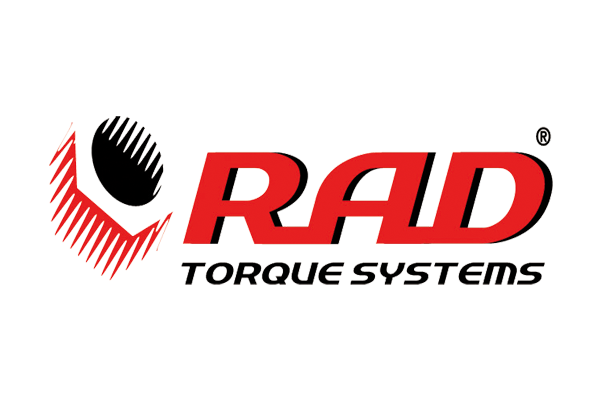Ergonomics & Welding: Why They Go Together
Ergonomics is a high priority when struggling with excessive bodily wear and tear throughout your profession. When your workspace is not ergonomic, you are more likely to sustain debilitating injuries. Learning how ergonomics and welding work together will keep you from wincing in pain with every step, improving your health and productivity.
What Is Ergonomics?
You don’t want to feel any discomfort while you’re on the clock. Luckily, ergonomics helps alleviate that pain, allowing you to do your job more effectively. Any setting or activity that requires a welder to stretch, bend, grasp, twist, or remain in a static position for a lengthy period without rest can do much more than generate physical pain.
Strenuous settings may cause repetitive stress injuries with long-term consequences, and possibly cause a welder to quit the trade earlier than intended. Excessive wear and tear on the body occur when the work surpasses typical constraints, increasing damage that may lead to work-related musculoskeletal diseases (WMSDs).
How Ergonomics Helps Welders
Ergonomics prevents welders from injury and may increase a welding operation’s performance and effectiveness. Stressful postures and movements are ineffective. Lifting heavy materials from the floor or stretching out beyond arm’s length leaves you vulnerable. Workers repeating these motions throughout the work day may have a considerable influence on the company’s profitability.
Companies may boost productivity by preemptively lowering the risk of injury, decreasing employee absences, and avoiding extra costs for substitute employees who may not be as efficient. Less strenuous postures and movements minimize staff turnover and training expenses because welders’ bodies aren’t breaking down, thanks to proper ergonomics.
What You Should Do
Now that you know how important ergonomics is in the welding industry, it’s time to implement these practices. Here are the beneficial things you can do to make the job less strenuous.
- Always maintain appropriate posture.
- Use a footrest or mat for your feet.
- Don’t use any shortcuts. Stay consistent in your body movements.
- Keep your elbows tight, and don’t overextend.
- Use lift tables for additional assistance.
- Don’t reach over your head, especially with heavy equipment.
After implementing an ergonomics approach, it is imperative to offer continuous reinforcement to welding operators to ensure that it’s working. It might be difficult for a welder to adjust to new work procedures at first, especially if they have done it in another manner for ages. However, they can offer accurate feedback on how well techniques work for them and if they need to adjust.
Ergonomics and welding go together because productivity and accuracy might suffer without them. Working with orbital welding equipment requires you to have the best available, and SEC Industrial will provide you with just that! We pride ourselves on being the most trusted source for anything welding, beveling, and torquing, so please call us today if you are interested in our special equipment.









